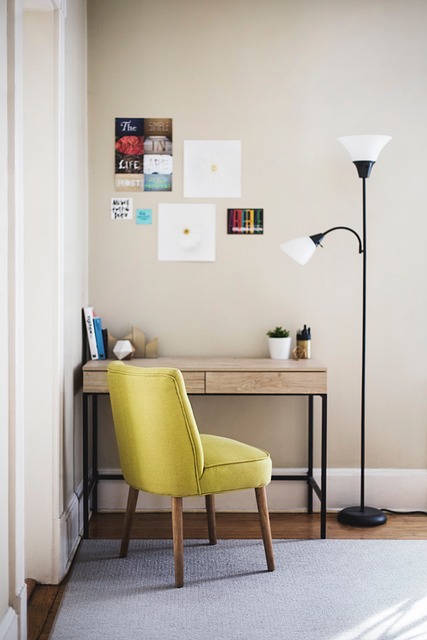Adjustable Table: Practical Guide to Design, Use, and Selection
An adjustable table is a versatile piece of furniture that changes height or shape to suit different tasks, postures, and spaces. Commonly used as a height-adjustable desk or dining surface, these tables combine mechanical or electric lift systems with various tops and frames to support ergonomics, shared workspaces, and multiuse rooms. Understanding types, features, and maintenance helps match an adjustable table to daily needs and room layouts.

What is an adjustable table?
An adjustable table is a table designed so its working surface can be raised, lowered, or otherwise repositioned. Mechanisms range from manual crank and counterbalance systems to electric motors with programmable presets. Adjustable tables are used in offices, homes, labs, workshops, and hospitality settings. The design goal is flexibility: a single table can serve seated or standing tasks, accommodate different users, or convert between functions such as a dining table and a work surface.
How does an adjustable table compare with a desk?
The term desk typically describes furniture for writing or computing; many desks are now height-adjustable to support sit-stand working. A height-adjustable desk is essentially a type of adjustable table optimized for workspace ergonomics, cable management, and accessory compatibility (monitor arms, keyboard trays). Differences are usually in features: desks often include built-in cable channels, CPU holders, or integrated drawers, while other adjustable tables may prioritize durability, larger tops, or portability depending on intended use.
How do adjustable tables fit into furniture choices?
As furniture items, adjustable tables offer flexibility when space or multifunction use is important. In small apartments, a height-adjustable table can serve as dining furniture, work surface, and craft table. In offices, they support flexible seating arrangements and hot-desking. When selecting furniture, consider top material (wood, laminate, metal), frame finish, load capacity, and aesthetics so the adjustable table integrates with existing furnishings. Balance functionality with visual cohesion to maintain an orderly room layout.
How to choose a height-adjustable table or desk
Start by defining primary use: continuous computer work requires stable electric lift and fine height increments; occasional standing for meetings might be fine with a pneumatic or crank model. Check weight capacity to support monitors and accessories, measure clearance for legs and chairs, and confirm height range fits your tallest and shortest users. Evaluate control options (memory presets, simple up/down switches), noise level for motors, warranty, and compatibility with mounting accessories. User reviews and testing in person help validate stability and comfort.
Care, assembly, and local services for adjustable tables
Assembly varies by model: many electric height-adjustable tables come partially assembled and require attaching the top and legs, while some modular tables need more build time. Follow manufacturer instructions for torque settings and wiring for powered systems. Routine care includes cleaning tops according to material (mild detergent for laminate, oil or wax for some woods), checking fasteners periodically, and inspecting moving parts for wear. For installation, look for local services that offer furniture assembly or office installation in your area if you prefer professional setup or need help integrating power management.
Adjustable tables are practical furniture pieces that can adapt to changing needs across home and work environments. Choosing the right adjustable table or height-adjustable desk involves matching mechanism type, load capacity, and features to how you work or live, while paying attention to material and finish so it fits visually with other furniture. Regular maintenance and proper assembly extend the life and performance of the table, and local services can assist with installation when needed. Thoughtful selection and use of an adjustable table can improve ergonomics, save space, and increase the functionality of a room without requiring multiple single-purpose pieces.






